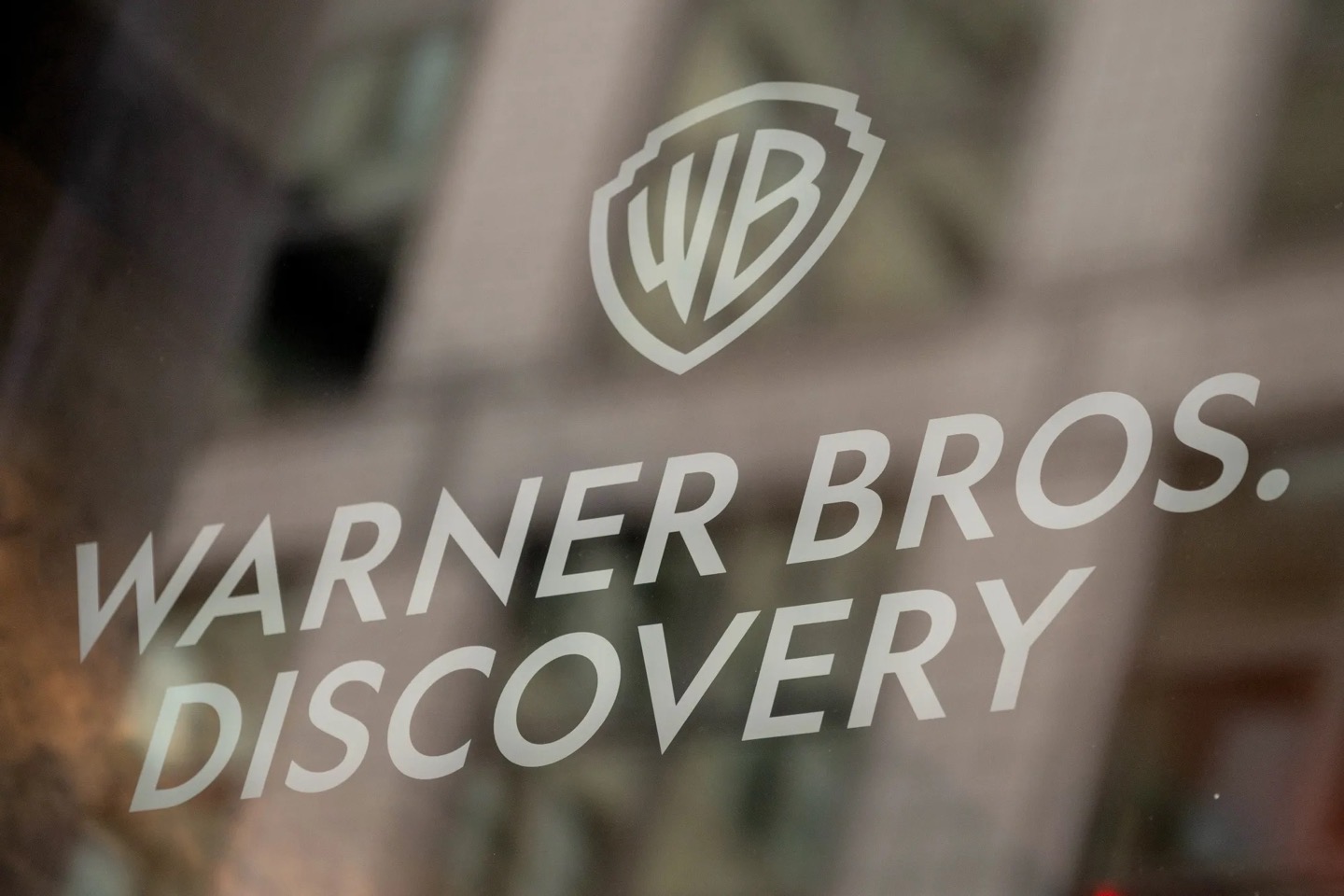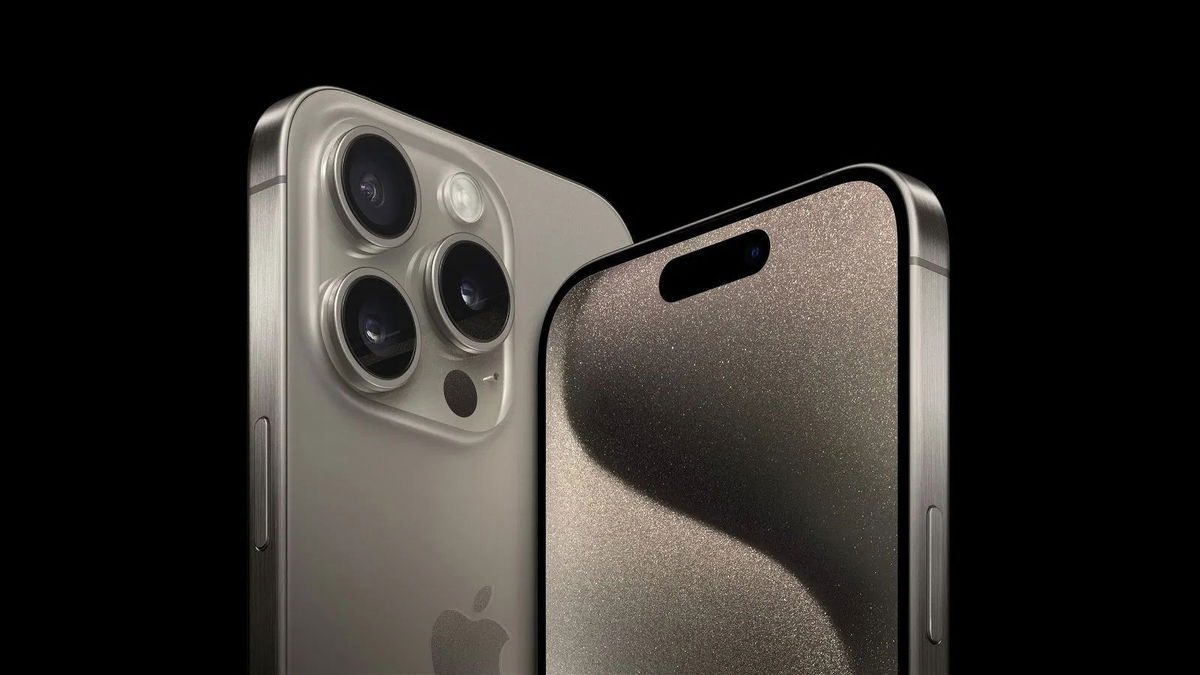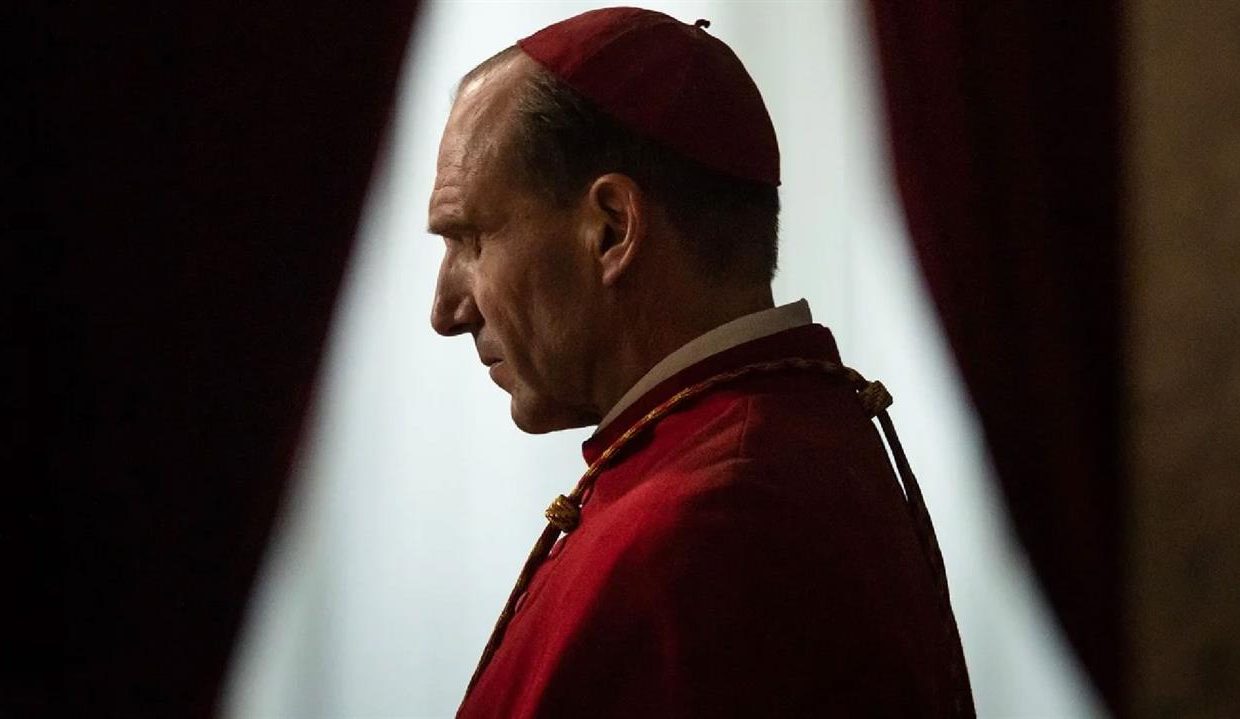At the end of November, Conclave was released in Russian theaters, which many might have missed even because of the poster. To many, the topic of Catholicism clearly seems foreign. But if you think that a film about the election of new Popes is a boring church drama, then “Conclave” will prove you wrong.
This gripping thriller combines suspense, tension and thrills, transforming an ancient ritual into a modern-day tale of power, morality and a touch of weakness. Director Edward Berger (“All Quiet on the Western Front”) has masterfully created a world where faith collides with ambition and the subtleties of politics turn into intrigue worthy of the best spy thrillers.
We watched the film and will hasten to share confirmation, spoiler alert – this is the main Oscar contender, we are sure.
We’re waiting for the Oscar for Actor, Ralph Fiennes deserves it

What is the film about?: The plot begins with the sudden death of a progressive Pope, after which 118 cardinals are locked within the walls of the Vatican to choose a new leader. Cardinal Thomas Lawrence, dean of the College of Cardinals, appointed to oversee the vote.
However, behind the facade of ancient rituals, secrets, scandals and a bitter power struggle between conservatives and liberals are revealed.
It would seem that Harris’s novel is dedicated to the selection of a new Pope – a process that at first glance seems routine. But the film’s screenwriter turned this closed ritual into a plot with elements of a thriller, political drama and even a detective story. He didn’t just retell the book, but reworked it so that it was as interesting as possible to watch.
In the lead role, Ralph Fiennes, the dean of the College of Cardinals, is the heart and soul of “The Conclave.” Fiennes creates a character who combines internal conflict, moral dilemmas and a sense of duty. His Cardinal Lawrence is a man whose faith has been shaken at the institution, but who retains faith in the very essence of spirituality and integrity.
Fiennes achieves remarkable results through his restraint. His playing avoids loud emotions (screams, tears, expression), but is full of nuances. Every glance that passes a fleeting grimace or a slightly bowed head speaks of the interior of the territory. For example, in a scene where another cryptocurrency is his “manager, not his eraser,” Fiennes gives a slight grin with a hint of bitterness – this is the reaction of a person who knows it is true, but is not ready to admit it.
Fiennes gives one of the strongest performances of his career. His Cardinal Lawrence is a nuanced, multi-layered portrayal of a man struggling to maintain a moral compass in a world mired in intrigue. The restraint in his performance, expressed in subtle gestures and glances, emphasizes the emotional complexity of the character.
In addition to Fiennes, the supporting videos are also impressive. Stanley Tucci, Sergio Castellitto and John Lithgow lead the transformation of their characters, and Isabella Rossellini creates an unforgettable portrayal of Sister Agnes, whose calm and sarcasm leaves a lasting impression.
There is a chic visual style and atmosphere here, a rarity
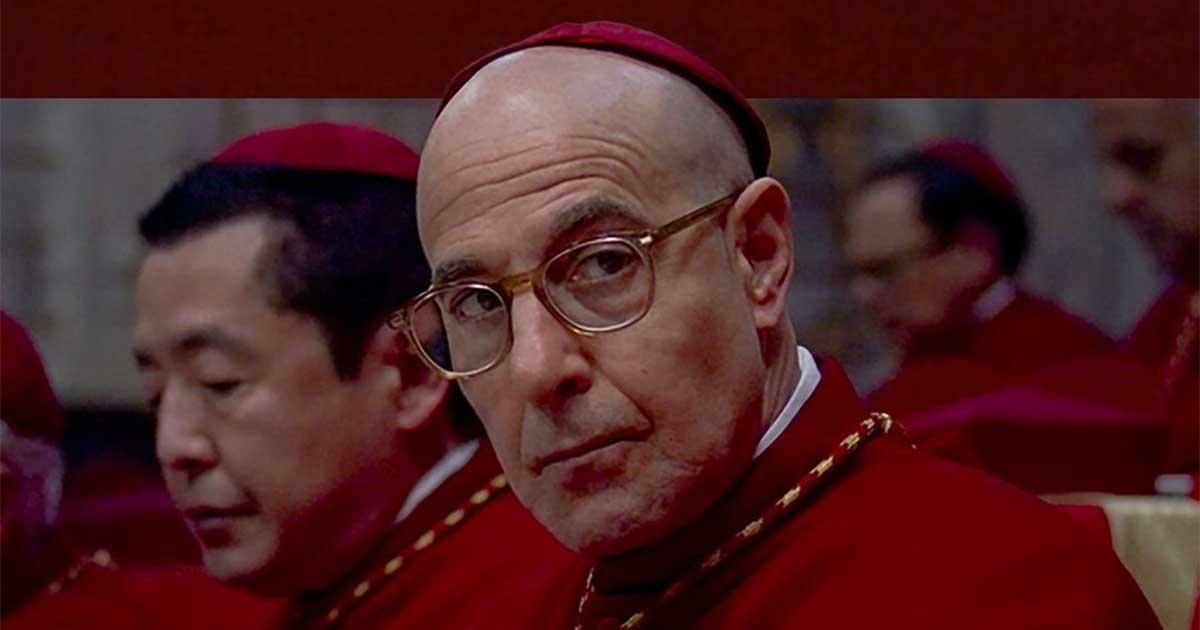
The film delights with its attention to detail. The scenery of the Vatican is made of living characters from history. Marble corridors, luxurious halls and a strict, almost museum-like atmosphere emphasize the grandeur and mystery of the Catholic Church.
The costumes flawlessly convey the status and character of the characters. The red robes of the cardinals, the snow-white cassocks and the strict uniforms of the nuns create a rich visual image that is in keeping with tradition.
Well, let’s separately highlight the work of the operator, who makes every minor work of art. The camera closes in on the cardinals’ faces, captures the light coming through the stained glass windows, and gives a sense of closure through symmetry and camera angles. Particularly impressive are the voting scenes, where close-ups show the emotions of the cardinals – fear, proposal, ambition.
We’re waiting for the Oscar for Best Adapted Screenplay, the tension here is growing every minute
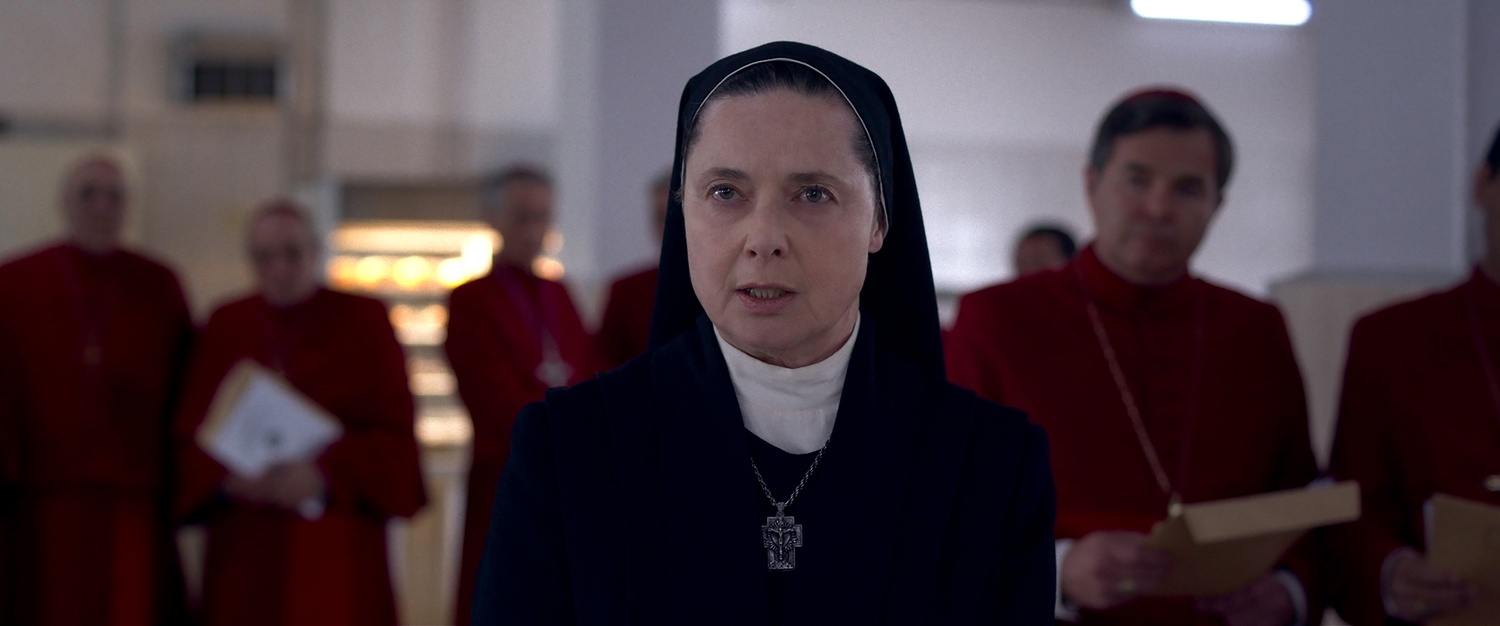
The film focuses on modern social views such as conservatism vs liberalism, crises are very important and play the role of women in the Catholic Church. Despite the absence of the usual thriller elements such as chases or shootouts, the script keeps the viewer in constant suspense through hidden intrigues and emotional conflicts.
Most importantly, despite the heaviness of the subject matter, the film remains accessible and exciting.
The script brings the characters to life, making them not just archetypes, but multifaceted personalities. The story skillfully works with characters, each of whom has their own arc, gradually revealing itself. The dialogue in the film is smart, witty and always rich in subtext. They not only reveal the characters, but also create an atmosphere of tense confrontation.
And finally, the script is perceived boldly, causing a shocking but logical ending. You will be surprised.
Bottom line: this movie is worth your attention.
The film immerses viewers in the unique world of the Catholic Church, in which traditions, foundations and internal dynamics are mixed. The conclave process is not only a ritual, but also a symbolic struggle to preserve or transform age-old traditions.
Edward Berger avoids condemnation or idealization, instead observing reflections on the nature of power and religion.
Conclave is more than just a film about religion. This is a picture about a region of power, easy nature and price-based moral compromises. This film is a multi-layered work that combines intelligence, visual beauty and emotional content.
If the Oscars are looking for films that remain in the memory for a long time, then Conclave is the undisputed leader.
Source: Iphones RU
I am a professional journalist and content creator with extensive experience writing for news websites. I currently work as an author at Gadget Onus, where I specialize in covering hot news topics. My written pieces have been published on some of the biggest media outlets around the world, including The Guardian and BBC News.

